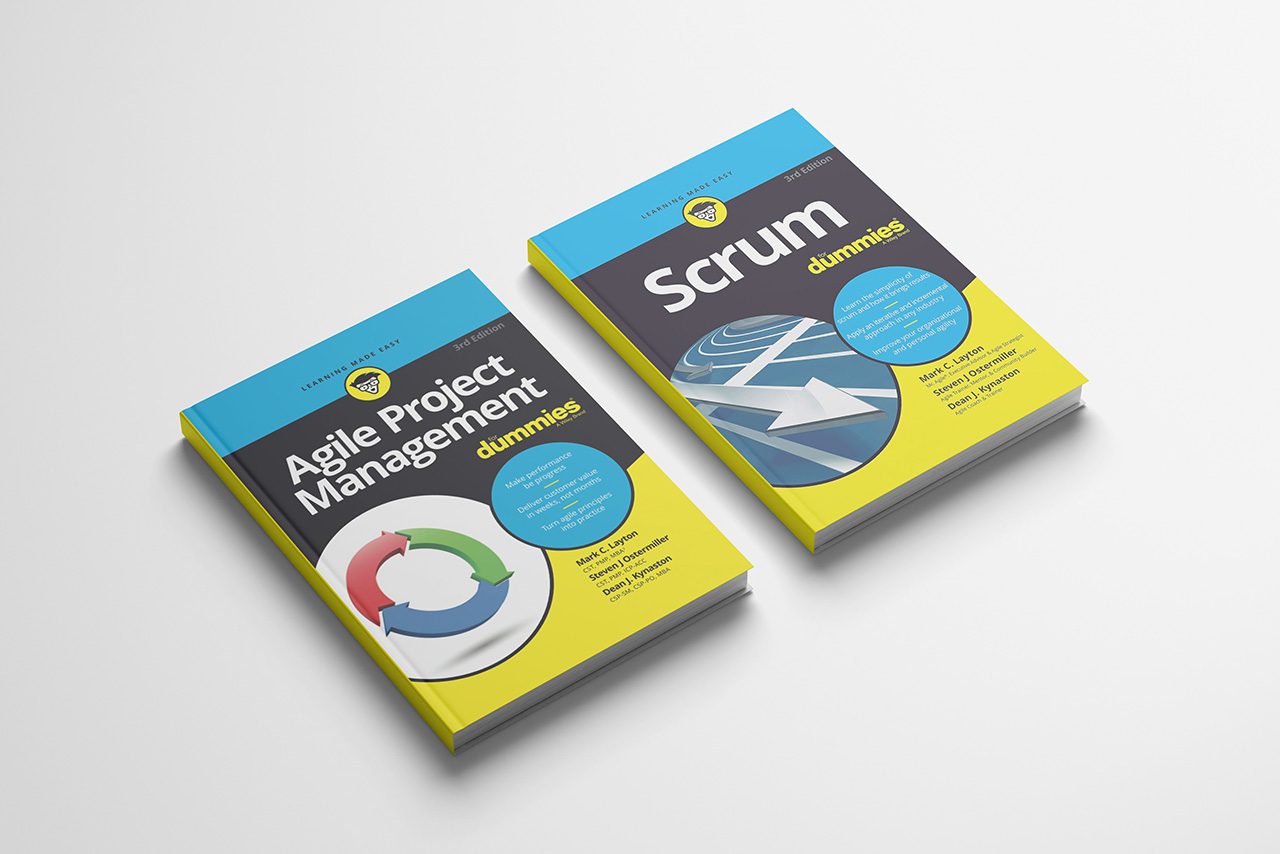One of the most popular ways of estimating requirements is by playing estimation poker, sometimes called Planning Poker®. Estimation poker is a game scrum teams can use to determine relative requirement size and to build consensus among development team members. When...
Agile
Agile Activities: Sprint Review
Find out how Agile sprint reviews help track progress and align product development with stakeholder expectations.
Agile Activities: Sprint Retrospective
Agile project management is an inspect and adapt approach. This means that agile processes don't just encourage, but require you to regularly stop what you are doing, assess where you are and find ways to improve the rest of your journey toward the project goal. The...
Agile Artifacts: Creating a Release Plan
Discover the steps to create a successful release plan that aligns with Agile values and team goals.
Agile Artifacts: The Product Vision Statement
Following The Platinum Edge Agile Roadmap to Value, the first and foremost step in any project is to create the product vision statement. The vision statement is like a lighthouse, shining a beacon that you can see from afar. It's here so you can be sure you are...
Agile Activities: Project Planning
Understand Agile project planning activities that drive successful product development and team collaboration.
Agile Artifacts: Understanding the Product Backlog
Understand the role of the product backlog in Agile. Learn how it helps prioritize features and guide development efforts.
Agile Manifesto: Responding to Change
Respond to change effectively with Agile methodologies. Learn how flexibility is a cornerstone of Agile project management.
Agile Manifesto: Customer Collaboration
Traditional project management methodologies do a very good job at keeping the customer away. In fact, customer involvement in what was deemed completely successful projects amounted to merely two instances: once at the beginning and one at the end of a project. In...
What is the Role of Stakeholders on an Agile Project?
Traditional project management methodologies, such as PMP or Prince 2, define stakeholders as someone impacted or affected by the project. Different project management methodologies have different definitions. In Scrum everything is different. Officially, scrum only...
Agile Project Management Roles
Learn about the various roles in Agile project management. Understand how each role contributes to project success.
The Agile Manifesto: Working Products
Early delivery of working software (and, for more and more organizations, working products) is one of the biggest benefits of using agile approaches. Delivering working products early in a project can allow higher ROI. They let development teams prove whether...






